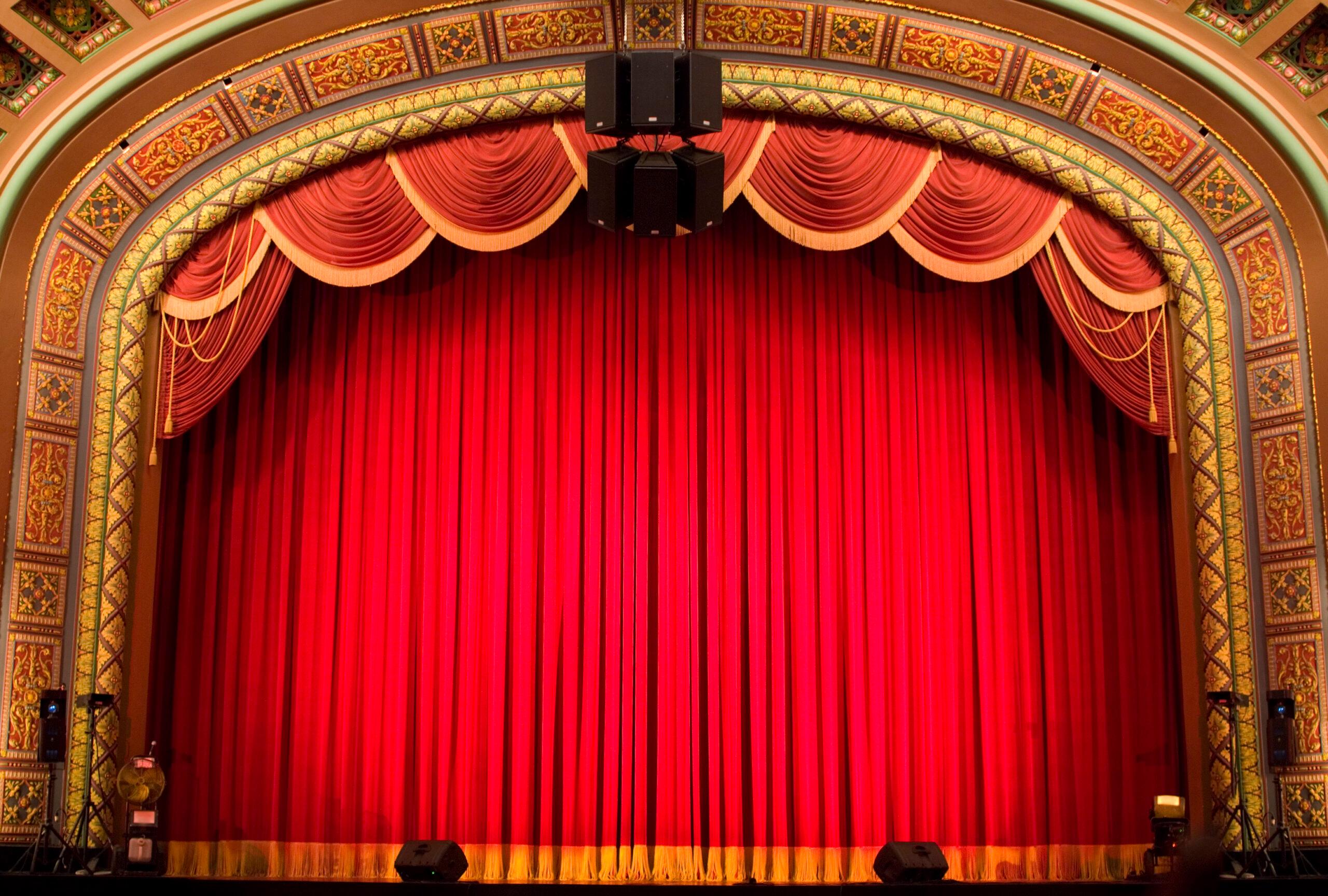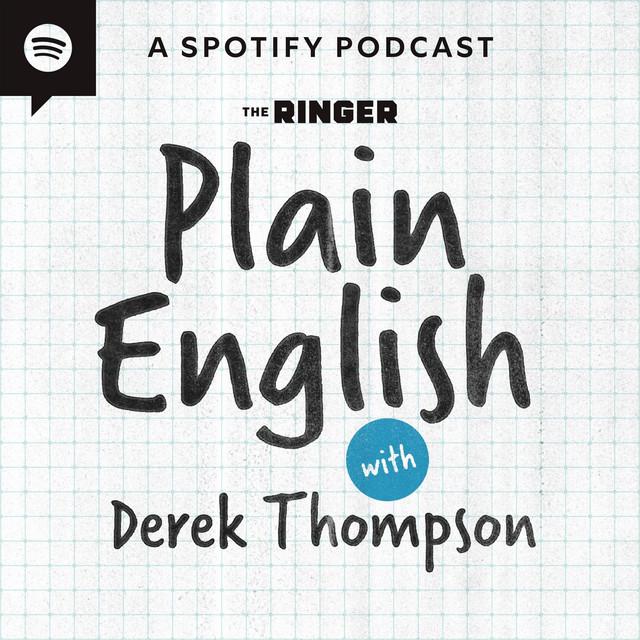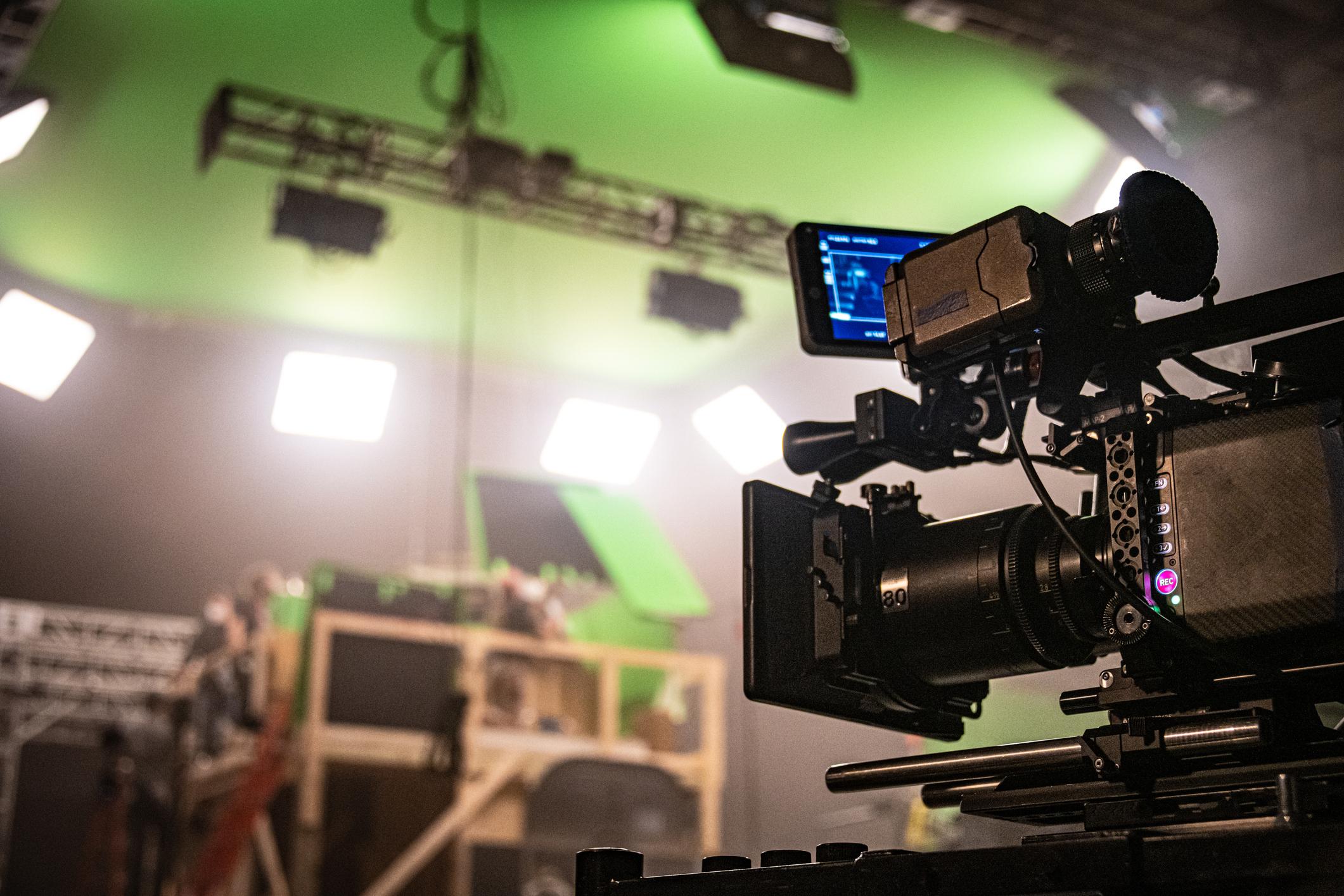
Plain English With Derek Thompson
The Future of Entertainment, Part 2: What’s the Matter With Broadway?
Hosts
About the episode
In the second episode of our two-part miniseries on the future of entertainment, Derek goes from Hollywood to NYC to understand why Broadway musicals are in trouble. “With the cost of staging song-and-dance spectacles skyrocketing and audiences drawn to older hits, none of the musicals that opened last season have made a profit,” The New York Times recently reported.
John Johnson, a major theater producer behind hits like Stereophonic (the most Tony-nominated play in Broadway history) and George Clooney’s Good Night, and Good Luck, joins the show to discuss the future of live theater, the death of the middle in American entertainment, and how to cultivate good “taste” in popular art.
If you have questions, observations, or ideas for future episodes, email us at PlainEnglish@Spotify.com.
In the following excerpt, Derek and John Johnson break down the revival of off-Broadway shows and the growing interest in having celebrities on Broadway.
Derek Thompson: You’ve got this shift from the center of the heat map being 60-plus female ticket buyers from the suburbs to 35-to-55-year-olds who tend to live in the city or just outside the city. I get that. Can you explain to me how that demographic shift might have contributed to a content shift? Those demographics have different priorities. They have different tastes. They want very different things. How has the demographic shift become a shift in content and substance?
John Johnson: A lot of it has been driven by the nature of where you see something. Before, 2000s, especially 2010s, off Broadway was struggling and/or couldn’t really break through because it was “If it’s not on Broadway, it’s not A-level. It’s not top-notch.”
We’ve had a bit of an off-Broadway renaissance for shows that we’ve done, as well as many others, where shows that are starting out in 200-seat theaters down in the West Village are actually more attractive to that new core audience because they’re going, “I don’t have to go to Times Square; it’s closer to where I live, whether it’s downtown or in Brooklyn; and oh, look, Aubrey Plaza is doing Danny and the Deep Blue Sea in a 200-seat theater? I’d love to see Aubrey Plaza that up close. Adam Driver’s doing a play in the same thing? I’d love to see that up close.” That’s been a big part of that shift. So the idea of someone spending $150, $200 on a Broadway musical when they can see a celebrity like that—we also had Andrew Scott this past spring in the Lortel as well—they’re sitting there going, “Oh, well, the restaurants are better in the West Village, it’s closer to my house, and I get to be in a more intimate setting. Sign me up.”
Thompson: You mentioned a lot of celebrities there: Aubrey Plaza, Andrew Scott, Adam Driver. When I was in New York launching Abundance, I believe Othello had just had its opening night; that was Denzel and Jake Gyllenhaal. I mean, it seems to me, as an outsider, Broadway has been celebrity-ified. What is that about? What is driving that demand for, and even supply of, celebrities in Broadway? Because it seems different than I remember from 20 years ago.
Johnson: There has always been the nature of a star play every year, of big actors coming and being—Julia Roberts in the mid-2000s came and did Three Days of Rain. So there’s always been that. It has definitely been more juiced up in a way. And I think there are a number of factors of it.
I think it’s driven by the nature of the change of how Hollywood does things. In the mid-2000s and early 2010s, you would’ve killed to have any of the folks on Friends to be in your Broadway show, but they were on a contract basically for the entire life of that show. And also everything within that Hollywood system was driven on: You had to get on a sitcom so you could have 10 years of paychecks and then whoever knows how many years of residuals after that. You had to get into a Star Wars movie or a Marvel movie or anything in that way, and then you were also going to be jammed up in all of those things. Now, with the streaming revolution, the nature of that, even the biggest hit Netflix show doesn’t do 10 seasons. They do three. It allows for more time.
And so I think you have those theater creatures, like the Denzels, like the Adam Drivers, who are like, “Get me back onstage. It scratches an itch that I need to scratch.” And then you also end up—and obviously we had an amazing time working and partnering with George Clooney on Broadway in Good Night, and Good Luck. And then you have the George Clooneys and kind of go, “You know what? Let’s do it. Bucket list. I want to take it all in.” He came, and we did an incredible show up at the Winter Garden, but he also did the stage door, and he played on the Broadway softball team. He was all about the entire experience of it. He was sitting front row at the Tonys. Every aspect of it he wanted to take in.
I think that’s also a big driver of it because people, I think you’re seeing a lot of folks know that this is how they can—in a world where every celebrity has a podcast and in a world where every celebrity does advertising in the way that they [didn’t] do, I think Broadway is now a part of that. It’s streaming, it’s movies, it’s Broadway, it’s podcasts, it’s doing promotions, and it’s all part of the celebrity culture now.
This interview has been edited and condensed.
Host: Derek Thompson
Guest: John Johnson
Producers: Devon Baroldi and Kaya McMullen

